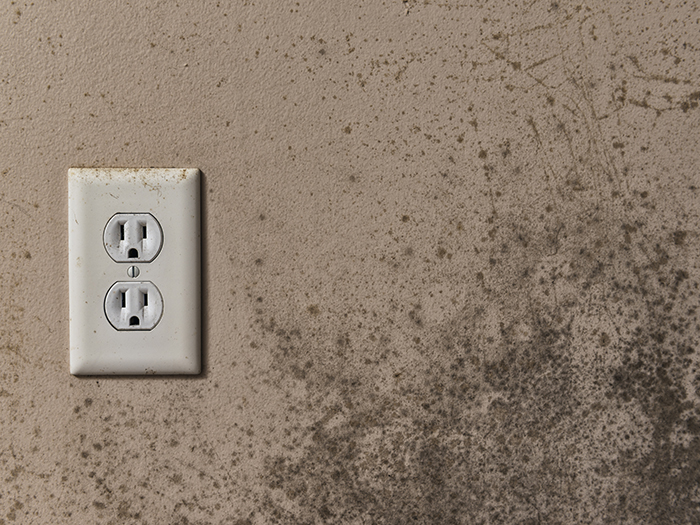Column: Workers' Comp
The Quest for the Straight Dope
Driving within the speed limit seemed a prudent move for evading police while traveling across a state border to buy marijuana in a jurisdiction where sales are legal. In hindsight, I suppose that not speeding could have made us more conspicuous after reentering our home state, where weed remains illegal.
The momentary dilemma was part of a string of events turning me slightly skeptical about weed’s potential as a pain-relief alternative to opioids — a current topic in the industry as it wrestles with both opioid addiction and the increased prevalence of marijuana.
An August 2017 National Council on Compensation Insurance paper reported that workers’ comp insurers are asking whether marijuana is a safe alternative to opioids and whether it can positively impact costs and outcomes.
The above-mentioned weed-purchasing journey began when my wife of nearly 30 years and I made the 85-mile trek across the Oregon border last summer, shortly after her stage-4 cancer diagnosis.
I’ve chosen to believe the doctors who tell me they have seen positive results. But after witnessing Diane’s demise I have questions about the limits of marijuana for pain management.
Given her past fight with cancer, we correctly suspected she wouldn’t survive long. I’m not certain now what relief we expected from weed. But driving to purchase the drug offered an amusing weekend distraction from our overwhelming worry.
We found an old gas station converted into a cramped weed store in a dying rural hamlet that hopes marijuana sales will resuscitate its economy. A show of license plates revealed that other Idahoans were on similar quests.
That confirms employers’ worry that the growing legalization trend increases the chance that employees will procure it out of state and use it in jurisdictions where it remains illegal, raising nationwide concerns about workplace safety and liability.
There is also the fear of paying for a treatment many suspect lacks efficacy.
I’ve been more intrigued by the claims some doctors and patients make that medical marijuana can relieve chronic pain and reduce opioid use by reducing inflammation.
I’ve chosen to believe the doctors who tell me they have seen positive results. But after witnessing Diane’s demise I have questions about the limits of marijuana for pain management.
Among other horrific symptoms, Diane suffered greatly from a tumor squeezing her spinal cord. It caused the neuropathic pain common among workers’ comp patients. She fought to limit opioid consumption until higher doses became undeniably necessary.
I can’t imagine where marijuana would come close to addressing that kind of pain. Maybe it has other benefits — like helping with the sleep or anxiety problems many workers’ comp pain patients get prescribed a variety of drugs for in addition to opioids.
Those are the kinds of issues we need research to shed light on. Until then, those questions insurers and observers have about marijuana’s potential efficacy, will remain just questions.&










